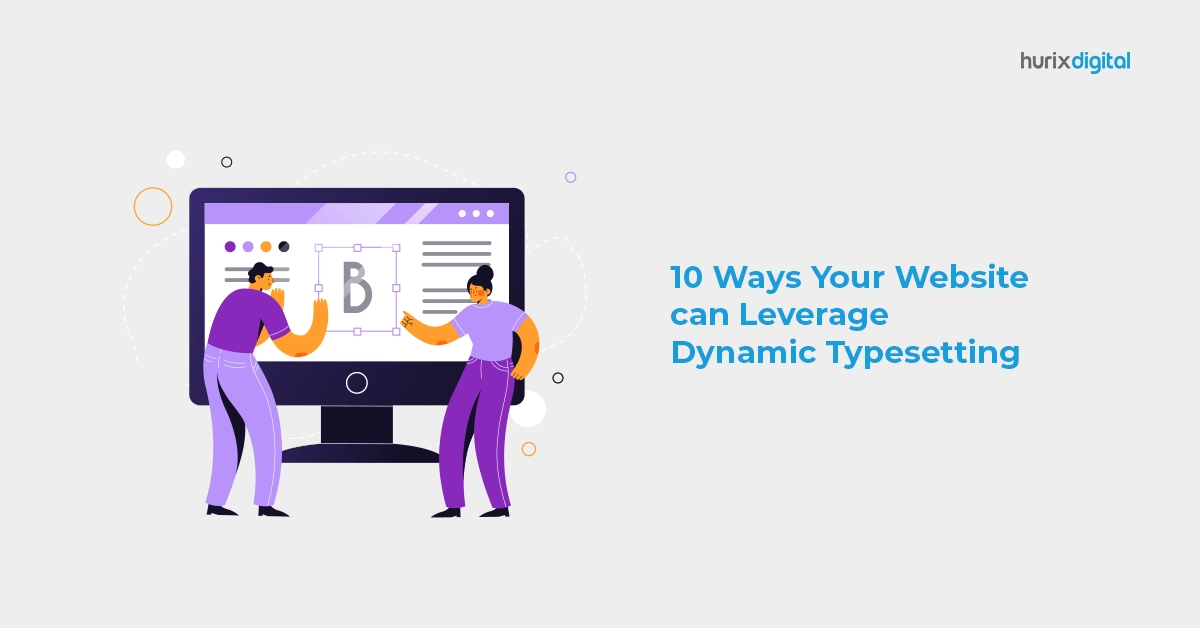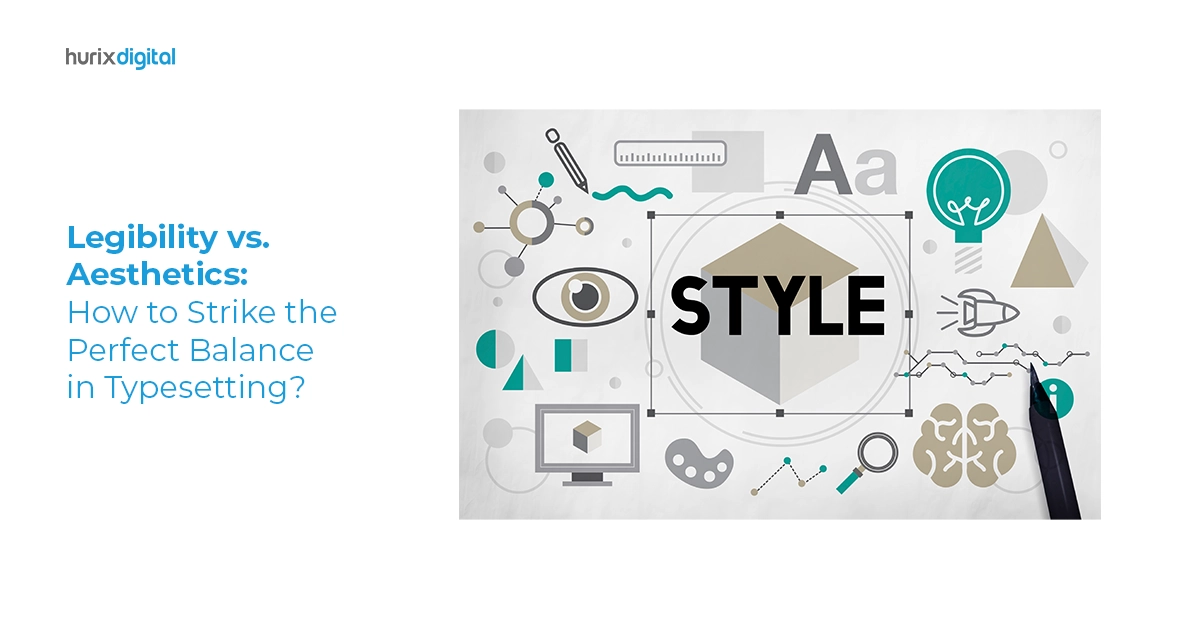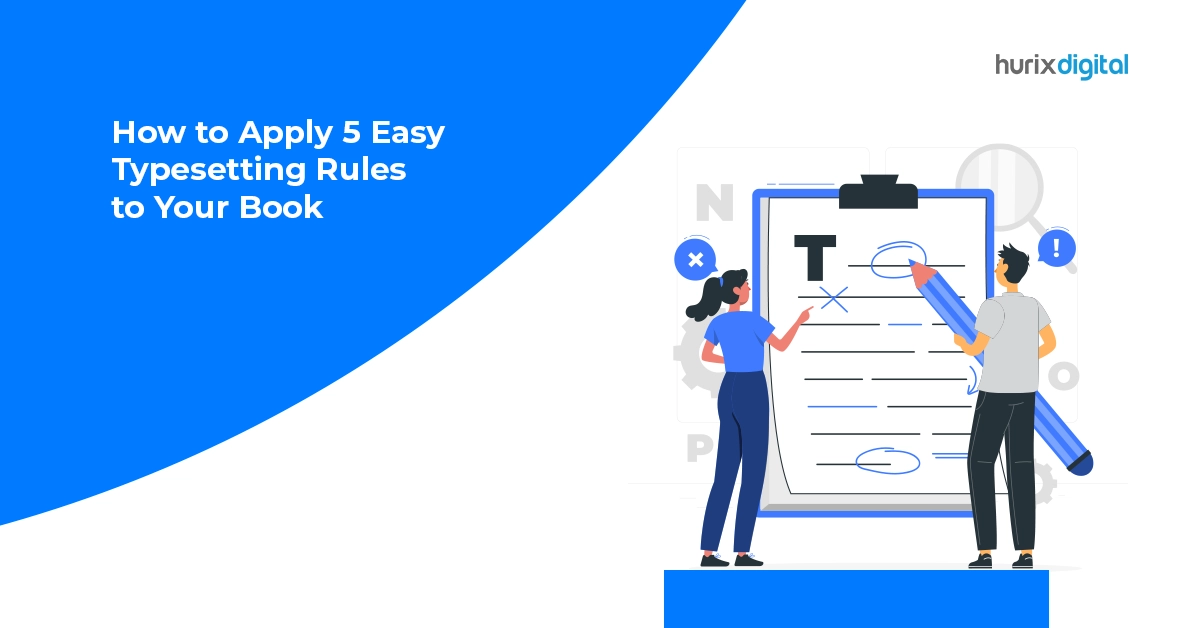Summary
This article explains how to leverage dynamic typesetting and copyediting services to elevate your brand image.
We all know that brand image is crucial for a business’s success and staying ahead of the competition. Subsequently, customers choose a brand for a reason, and the image plays a prominent role. Even if you have a top-quality product or world-class service, how you maintain your brand image and present it to the audience matters.
That’s why it’s so important to ensure your business has the right look and feel. You must ensure that your images, colors, and fonts are consistent with your brand identity.
- How do you know what fonts work best for your brand?
- What about color schemes?
- And how can you tell if something looks professional or not?
The solution is as simple as it can get. You can hire professional copyediting services and an expert in typesetting publishing. Let’s understand how brand typesetting and copyediting can help your brand.
Table of Contents:
- How Does Typesetting Help the Modern Marketer?
- 5 Tips to Ensure Dynamic Typesetting Adds to Your Brand’s Professionalism and Credibility
- 5 Key Recommendations-Effective Copyediting Services That Can Lead to a Consistent and Balanced Structure
- Final Note
How Does Typesetting Help the Modern Marketer?
Typesetting is a powerful tool for the modern marketer. Good typesetting is legible, easy to read, and visually pleasing. But to stand out from competitors and increase conversion rates, you must take things to the next level.
Today’s consumers are more sophisticated than ever before and are looking for more from brands than just good design. They’re looking for personality — something that makes them feel emotionally connected to a brand.
You can make your brand stand out with dynamic typesetting and copyediting mastery.
What Is Dynamic Typesetting?
Dynamic typesetting is like kerning (spacing maintained between letters and characters in typography) on autopilot. It helps you fine-tune the spacing between letters and words to create a more harmonious look for your text blocks. Hence, dynamic typesetting makes it easier for readers to process information quickly and effectively. Ultimately, this novel approach can help improve conversions by boosting engagement and comprehension.
LaTeX Typesetting
LaTeX is a widely used typesetting system for scientific and technical documents and books. The document preparation system is highly suitable for complex formatting styles and notations used in mathematical concepts.
The technical and dimensional precision is of essence to how LaTeX works with two different kinds of source files: plain text files and binary files that contain instructions for how the final output should look. Tex typesetting gives you complete control over your layout, so you can make your document look exactly how you want it to.
Also Read: 10 Ways Your Website can Leverage Dynamic Typesetting
What Is Copyediting?
Copyediting is an important part of any successful marketing campaign since it ensures that all content is accurate and typo-free before going live on any platform. Professional copyediting services train copyeditors in language use to ensure everything reads smoothly without distracting errors getting in the way of your message reaching its intended audience.
5 Tips to Ensure Dynamic Typesetting Adds to Your Brand’s Professionalism and Credibility
According to HTF Market Intelligence, the global typesetting software market will witness a CAGR of 6.5% during the forecast period of 2023-2028. The typesetting software market size is estimated to increase by USD 2 Billion.
With such rapid growth, learning how dynamic typesetting can add professionalism and credibility to your brand is essential. Let’s see how:
1. Ensure your dynamic type has been created professionally. It must be consistent with other aspects of your business branding, such as logos, color schemes, and so forth. It should not have any distracting elements, such as spelling or grammatical errors.
2. Dynamic typography is any technique that changes how a text looks based on its context — for example, using larger fonts for headings than for body paragraphs or changing colors based on the mood of a section.
3. To ensure clarity for readers, it is advisable to utilize different typefaces for individual sections of your book. Like in the case of a fiction novel, it is recommended to employ one style for all chapters and another font style for character names or quotes from sources when appropriate.
4. With typesetting, you can modify the look of your text using CSS without editing it. If you want your title tag to have text and an orange background, you can simply apply those styles using CSS. This method is much simpler than adding tags.
5. Recognize the significance of typography, which involves utilizing fonts and styles to establish a visual hierarchy in a document. The objective is to facilitate readers in effortlessly locating information while directing their attention toward the most crucial aspects of your message.
5 Key Recommendations-Effective Copyediting Services That Can Lead to a Consistent and Balanced Structure
One of the motivations behind investing in copyediting services or hiring a copyediting company is to ensure that your content maintains a consistent and balanced flow. This entails having a structure that smoothly transitions from one paragraph to another and from one page to the next, making it easy for readers to comprehend.
Here are five key recommendations:
1. Utilize Appropriate Syntax
Syntax refers to organizing sentences and words in a particular structure to form grammatically correct sentences and phrases. Through copyediting services, these guidelines are diligently followed throughout your document, resulting in increased readability, whether read aloud or spoken by someone.
2. Focus on Text Listing
Using bullet points or numbered lists is a technique to divide your text into organized sections that help readers follow your message effortlessly. These formatting elements also assist readers in focusing on the information they require without the burden of recalling everything you’ve mentioned.
3. Divide into Sections
Incorporating subheadings can fragment your text into sections, enabling readers to comprehend your message easily. Additionally, subheadings aid in directing the reader’s attention towards the information they seek, allowing them to avoid the need to memorize all covered points.
4. Use Correct Tense
The verb tense indicates whether a verb is in the past, present, or future. Maintaining a verb tense throughout your document can create a sense of coherence between sections and paragraphs.
5. Keep It Concise
To keep readers engaged with your content, utilize paragraphs to break up blocks of text. Ensure that these paragraphs contain no more than three sentences each, as this enhances readability and facilitates information digestion for readers.
Also Read: How Pre-Editing Technology is Revolutionizing the Copyediting Industry
Final Note
Your brand encompasses more than just elements like your logo and color scheme on your business cards. It also includes the language you use to connect with your audience. When executed effectively, written communication goes beyond brand introduction; it actively engages individuals with a company and its endeavors, creating intrigue and fostering support that propels a brand to success.
Consider investing in high-quality typeset printing and professional copyediting services to ensure consistency. At Hurix Digital, we can assist you in enhancing aspects of your digital presence, including business cards and promotional materials. We will help your brand look professional, consistent, and trustworthy.
Contact us today!











